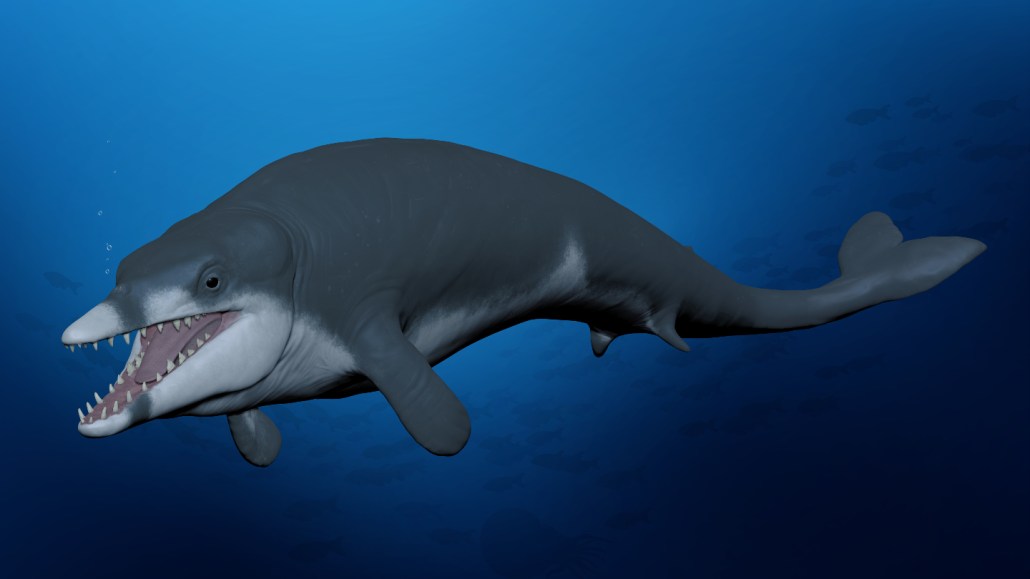Meet the tiny ancient whale named after King Tut
Tutcetus rayanensis was only 2.5 meters long and weighed less than 200 kilograms

The newly discovered ancient whale species Tutcetus rayanensis (illustrated) is one of the earliest and smallest members of the basilosaurid family.
Ahmed Morsi and Hesham Sallam







